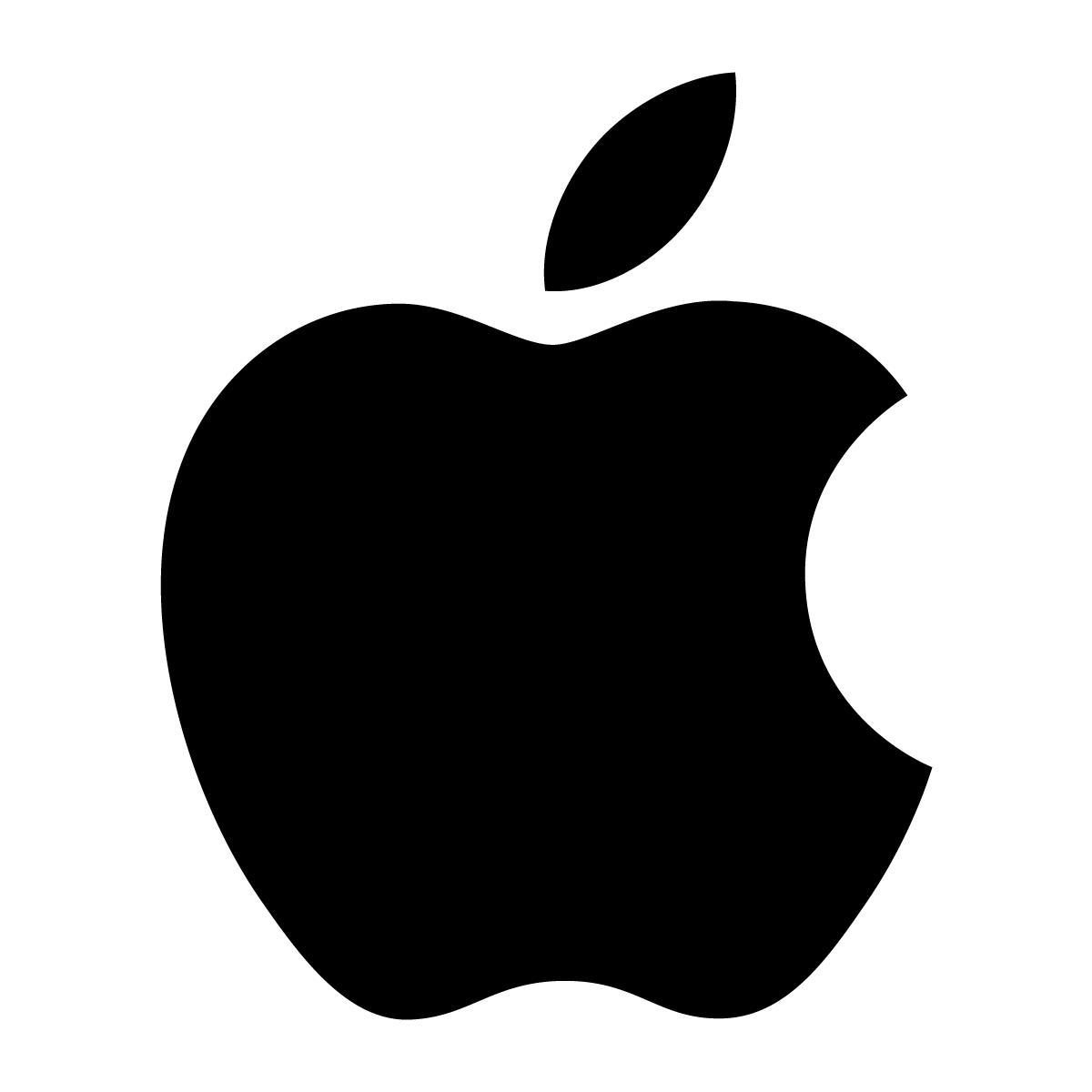In June 2016, Apple announced that it will deploy differential privacy for some user data collection in order to ensure privacy of user data, even from Apple. The details of Apple's approach remained sparse. Although several patents have since appeared hinting at the algorithms that may be used to achieve differential privacy, they did not include a precise explanation of the approach taken to privacy parameter choice. Such choice and the overall approach to privacy budget use and management are key questions for understanding the privacy protections provided by any deployment of differential privacy. In this work, through a combination of experiments, static and dynamic code analysis of macOS Sierra (Version 10.12) implementation, we shed light on the choices Apple made for privacy budget management. We discover and describe Apple's set-up for differentially private data processing, including the overall data pipeline, the parameters used for differentially private perturbation of each piece of data, and the frequency with which such data is sent to Apple's servers. We find that although Apple's deployment ensures that the (differential) privacy loss per each datum submitted to its servers is $1$ or $2$, the overall privacy loss permitted by the system is significantly higher, as high as $16$ per day for the four initially announced applications of Emojis, New words, Deeplinks and Lookup Hints. Furthermore, Apple renews the privacy budget available every day, which leads to a possible privacy loss of 16 times the number of days since user opt-in to differentially private data collection for those four applications. We advocate that in order to claim the full benefits of differentially private data collection, Apple must give full transparency of its implementation, enable user choice in areas related to privacy loss, and set meaningful defaults on the privacy loss permitted.
翻译:2016年6月,苹果公司宣布,它将为某些用户数据收集工作部署不同的隐私,以确保用户数据的隐私,即使是来自苹果公司的数据。苹果公司的方法细节仍然很少。虽然自此以来,一些专利似乎暗示了可能用来实现差异隐私的算法,但它们没有准确解释隐私参数选择的方法。这种选择和隐私预算使用和管理的总体方法是理解任何部署差异隐私所提供的隐私保护的关键问题。在这项工作中,通过实验、静态和动态的代码分析,确保用户数据隐私数据隐私的隐私数据(10.12版本)的隐私数据(10.12版本)的隐私数据(10.12版本)的隐私数据的保密性分析组合,我们披露了苹果公司为隐私预算管理所做的选择。我们发现和描述苹果公司为不同私人数据处理设定的设置了不同隐私参数,每四个用户的隐私数据(10.12版本)的保密性差异性差异性分析,每个服务器的安装费用为1美元或2美元,最初允许的隐私数据损失总额要高得多。





